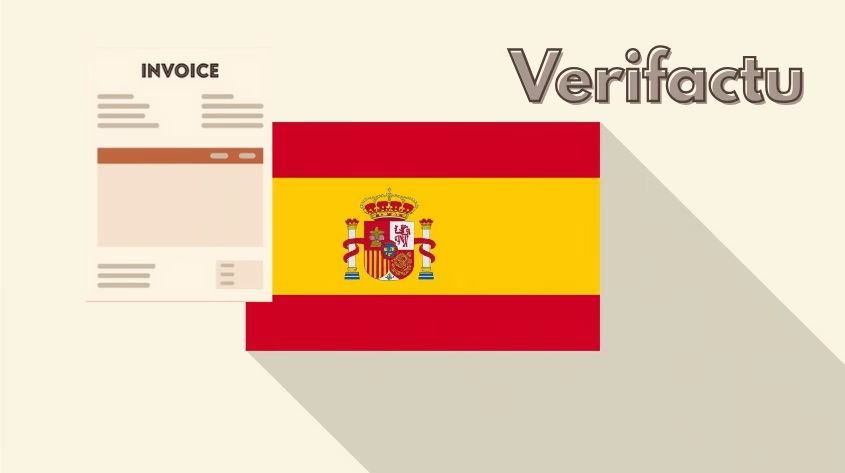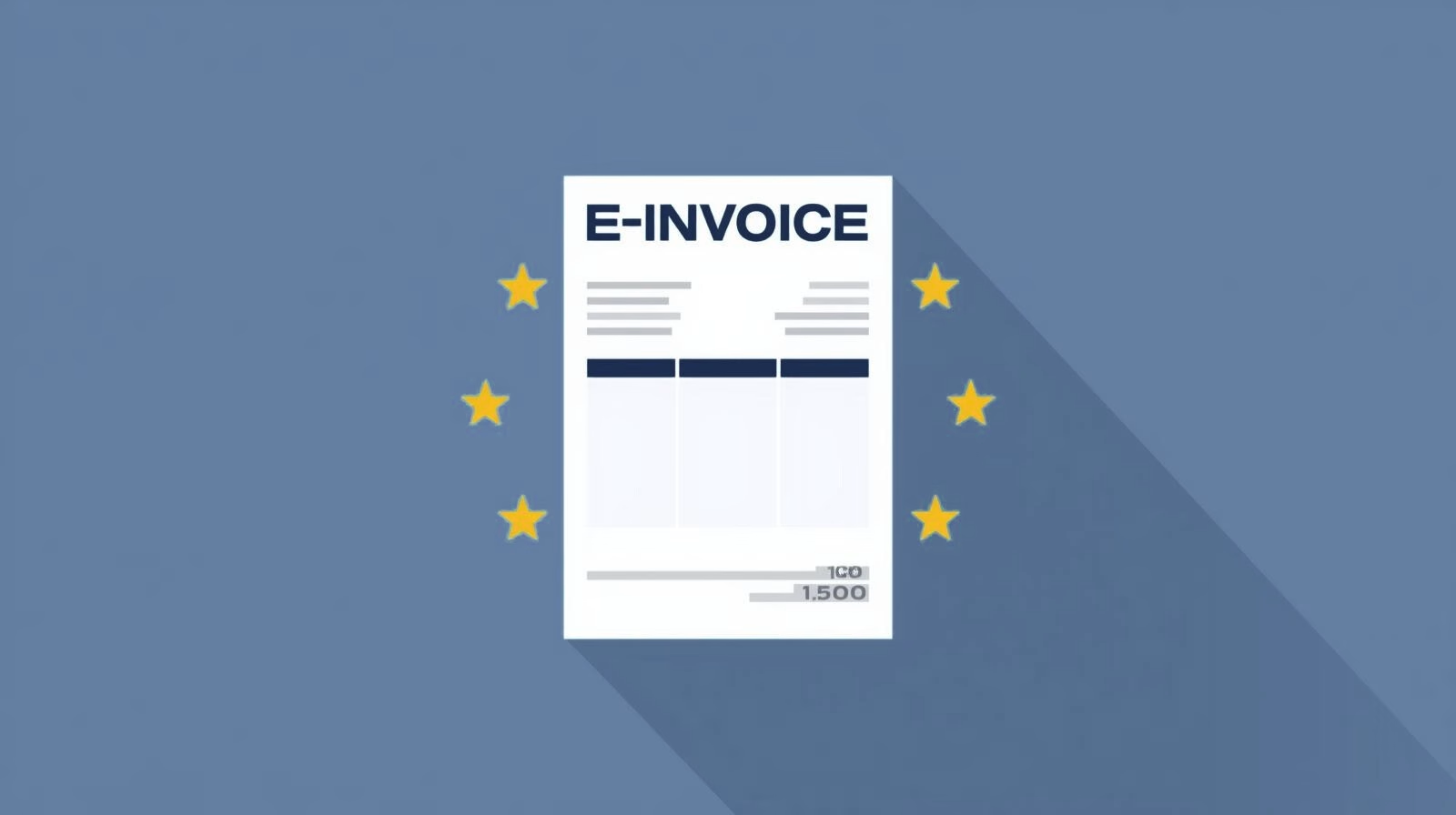Accounting is part of the annual financial statement of every company. Thereby the Profit and loss account compared with the company's development and thus successes are measured. The balance sheet is always prepared at a specific point in time.

the accounting in SAP Business One comprises all functions for recording, managing and analysing a company's financial situation. It is based on the chart of accountsthe ledger accounts and the Financial reporting and is part of the module finance.
Central components
Balance sheet report
- Available at Financials > Financial reports > Financials > Actual reports > Balance sheet
- Representation of Assets, liabilities and equity
- Selection by period (year, quarter, month, period), currency and accounting standard
- Consideration of pre-collected documents possible
- Real-time output with drill-down function to the account level
Trial Balance
- Opening and closing balances, credits and debits per account
- Inclusion of debtor and creditor accounts
- Can be analysed via the module finance
Financial report generator
- Customised design of reports, e.g. individual balance sheets
- Flexibly customisable to internal reporting requirements
Structural basis: chart of accounts
- Contains All G/L accounts to recognise assets, liabilities and equity
- Account types: Income, expenses, other (Balance sheet accounts)
- Field "Balance" shows the current account balance
- Cash accounts such as cash or bank are relevant for cash flow
Fixed assets
- Managed as a subledger to the general ledger
- Accounting via Net book value = acquisition cost - depreciation
- Disposals set the carrying amount to zero
- Asset history sheet documents the performance as an appendix to the balance sheet
Postings and journal management
- Journal entries document debit and credit entries incl. entry text
- Automatic and manual recording of business transactions in the general ledger
Revaluation and currencies
- Balance sheet reports can be Foreign currencies or indexed be displayed
- Pure display, no accounting effect
Inventory on the balance sheet date
For correct accounting, the physical inventory of all assets required as of the reporting date
(counting, weighing, measuring).
Benefit
- Detailed overview of the economic situation of the company
- Flexible analyses by time period, currency and report type
- Complete integration with accounting and asset management
Note
The quality of the balance sheet depends largely on the maintenance of the chart of accounts, the ongoing bookkeeping and the correct classification of accounts. Access to balance sheet functions requires appropriate user authorisations.
The Versino Financial Suite makes accounting in SAP Business One more efficient, transparent and secure. It automates many processes, improves data quality and expands analysis and reporting options.

Verifactu in Spain: the new invoicing obligation

The e-invoicing regulations in Europe

Versino Financial Suite V09.2025 for SAP Business One

Accounting outsourcing: Why it pays off for SMEs

CANDIS for SAP Business One
